World Fine Art Professionals and their Key-Pieces, 312 - Yayoi Kusama
World Fine Art Professionals and their Key-Pieces, 312 – Yayoi Kusama
Yayoi Kusuma’s art is one big dotted universe. Why always those dots? Yayoi: “Just ask my hand. Dots are symbols of the world, of the cosmos. The moon, the sun, the stars are all made of dots. You and me too. ”
Sometimes she also makes her works at night, because Kusama cannot always sleep due to anxiety attacks. She describes her work as “art medicines,” a type of therapy.
Infinity Mirror Room
In the the Infinity Mirror Room, you literally step into Kusama’s mind. You can fully immerse yourself in a gigantic room with thousands of red dots, phalluses and endless reflections. Kusama suffers from horror vacui: the fear of empty spaces. Her theme is infinity.
More than forty years ago, Kusama volunteered to be admitted to a psychiatric clinic, where she still lives today. She has her own studio across the street from the clinic. She makes sculptures and installations, but also paintings, fashion and texts. Yayoi Kusuma is considered one of Japan’s foremost artists.
Matsumoto
At primary school in Matsumoto, she started drawing pumpkins. Her mother was against it, she had to hurry to finish the drawings before her mother came in. Relations at home were complicated: father often cheated and mother asked Yayoi to spy. It led to sex becoming a traumatic affair for Yayoi, a subject that she didn’t like for a long time. Later she started to overcompensate for this.
When she was ten years old, she began to experience hallucinations that she has described as “flashes of light, auras, or dense fields of dots”. These hallucinations included flowers that spoke to Kusama, and patterns in dust that she stared at, which came to life, multiplied, and engulfed or extinguished her. Art became her escape from her family and her own mind. Her fixation on dots came from the smooth white stones in the river bed near her childhood home, she realized many years later.
Kyoto
In 1948 she entered the Kyoto Municipal School of Arts and Crafts where she devoted herself to the study of Nihonga painting. But that frustrated her. She shifted her interest to European and American avant-garde. This yielded results: in the 1950s she exhibited various works in halls in Matsumoto and Tokyo. It gave her so much confidence that she soon painted abstract forms, soon dots, not only on paper but also on walls, floors, canvases, household objects and her assistants. She called those dots “Polkadots”.
New York
In 1956, at the age of 27, she left for the United States after a short stay in France. She destroyed much of her early work. She lived in Seattle for a year and, after contacting Georgia O’Keeffe, went to New York to “put the spotlight on the city”. She soon received praise from the anarchist art critic Herbert Read. “Yayoi is a leader of the avant-garde movement.”
In 1961 she moved her studio to the same building as Donald Judd and sculptor Eva Hesse worked. She began covering objects such as ladders, shoes, and chairs with white phallic protrusions. She did this at a tremendous pace. She also developed other habits, such as routinely photographing herself with new work and regularly appearing in public with her signature cropped wigs and colorful, avant-garde dresses.
She continued her series of Mirror / Infinity rooms. In these complex infinity mirror installations, purpose-built mirrored rooms contain dozens of neon-colored balls suspended at different heights above the viewer. When a visitor stands inside on a small platform, he / she gets the illusion of an infinite space.
Happenings
In the following years, Kusama remained productive. In 1966 she experimented with room-sized, free-standing installations with mirrors, lights and recorded music. However, it didn’t really make her rich. Around this time, she was regularly hospitalized for working too hard. O’Keeffe persuaded her dealer Edith Herbert to purchase several of Kusama’s works to help her out of financial trouble.
In the 1960s, Kusama staged bizarre happenings in high-profile spots such as Central Park and the Brooklyn Bridge, often with naked people, intended to protest the Vietnam War. She wrote an open letter to Richard Nixon offering to have sex with him if he ended the Vietnam War.
Venice Biennale – 1
In 1966 Kusama participated in 33rd edition of the Venice Biennale. Her Narcissus Garden was made up of hundreds of mirrored spheres in the open air in what she called a “kinetic carpet”. It was about self-promotion as well as about the capitalization of the art market. Once the work was installed on a lawn, Kusama, dressed in a gold kimono, began selling each individual sphere for 1,200 lire (US $ 2), until the organizers of the Biennale called it a day.
In 1973, due to ill health, Kusama returned to Japan, where she began writing surreal novels, short stories and poetry. In 1977 she enrolled in a hospital for the mentally ill, where she eventually went to live permanently. To go to work she went to the other side of the street.
Venice Biennale – 2
In 1993 she was again present at the Venice Biennale. It was a great success. She had created a dazzling mirror room filled with tiny pumpkin sculptures. In it she went to work, in matching magic clothes. It eventually became a large yellow pumpkin sculpture with a pattern of black spots. The pumpkin, which she portrayed at a very young age, was as we have seen, her alter ego.
In 2015-2016, the first retrospective exhibition in Scandinavia traveled to four major museums in the region: Louisiana Museum of Modern Art in Denmark, Heine Onstad Museum, Norway, Moderna Museum in Sweden and Helsinki Kunstmuseum in Finland. This major show featured over 100 objects and large-scale mirror room installations. It showcased several early works that had not been shown to the public since they were first created, including a showcasing her experimental 1960s fashion design.
In 2017, a 50-year retrospective of her work opened at the Hirshhorn Museum in Washington, DC. The exhibit featured six Infinity Mirror rooms and would travel to five museums in the US and Canada. In 2017, her own Museum, the Yayoi Kusama Museum in Tokyo, opened so that her works in various compositions would be on permanent display. In 2019 she had a show in the Netherlands, in Museum Voorlinden.
Obsessive thoughts
Curator Mika Yoshitake concludes: “Kusama’s works immerse the visitor, the whole person, in her obsessive repetitive way of thinking. Her thoughts were originally intended to escape her demons, but now she shares them with the whole world. ”
https://ifthenisnow.eu/nl/personen/yayoi-kusama
Disclaimer: The views, opinions and positions expressed within this guest article are those of the author Walter van Teeffelen alone and do not represent those of the Marbella Marbella website. The accuracy, completeness and validity of any statements made within this article are not guaranteed. We accept no liability for any errors, omissions or representations. The copyright of this content belongs to Walter van Teeffelen and any liability with regards to infringement of intellectual property rights remains with the author.

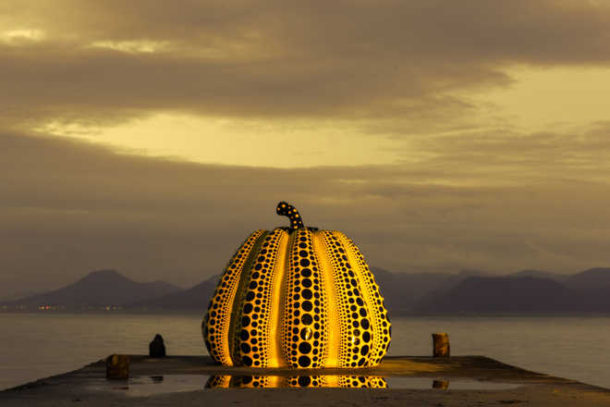
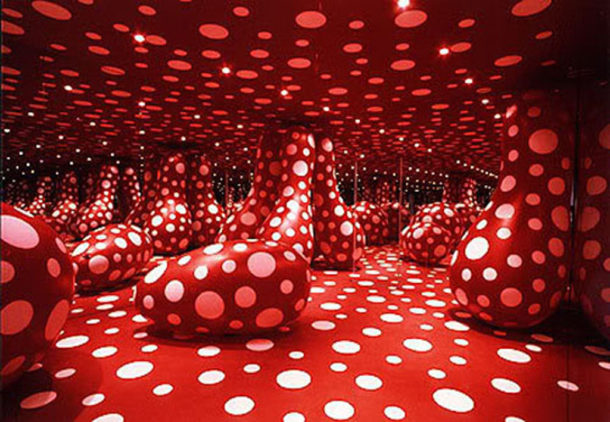
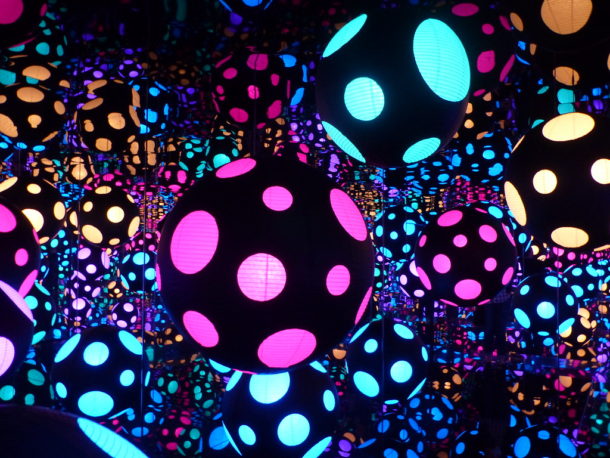
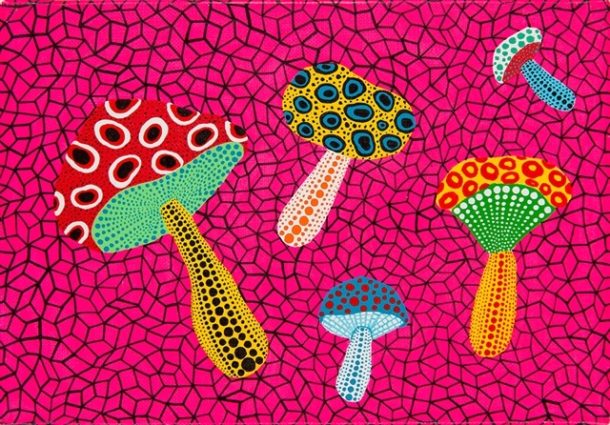
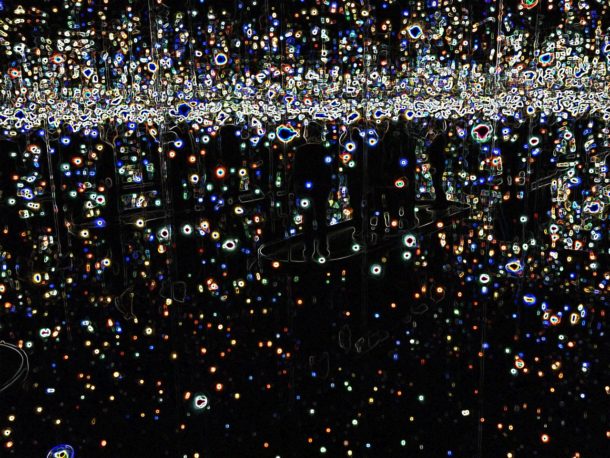
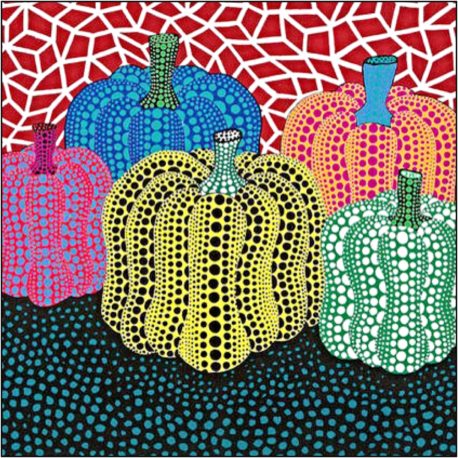

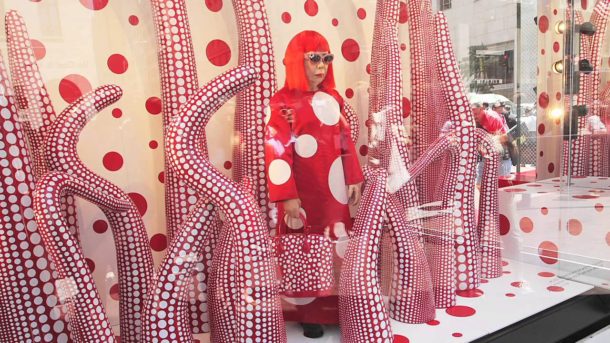

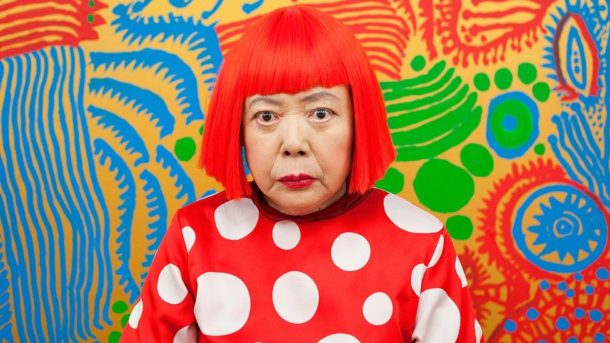














The opinions expressed by individual commentators and contributors do not necessarily constitute this website's position on the particular topic.